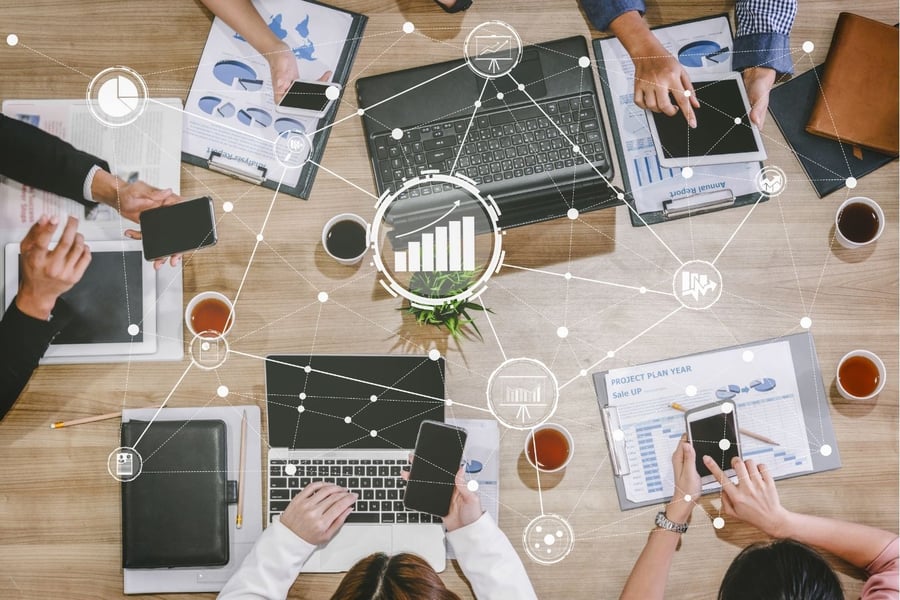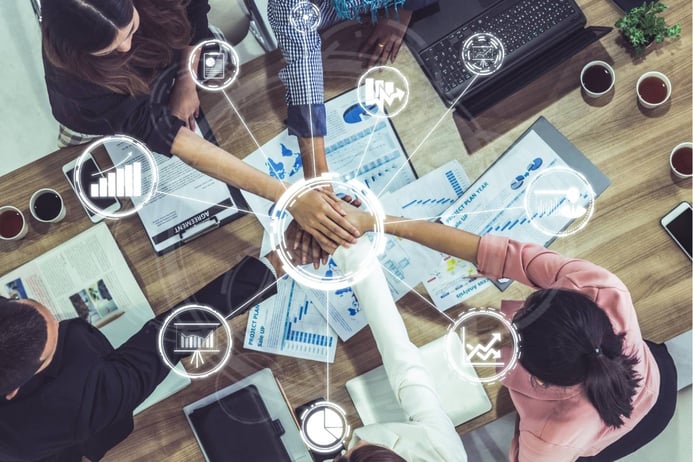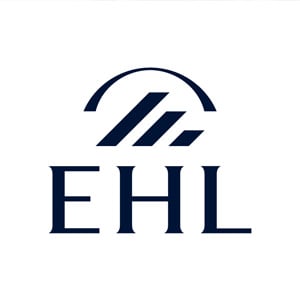Analytics give an important way for businesses to track and measure whether they are meeting their goals. We have analytics to track online marketing efforts, finances and many other aspects of business. Now, analytics technology is being used for human resources (HR), especially in the recruitment of employees but also in much broader company applications. This type of technology is known as people analytics, or you may hear it referred to as HR, workforce or talent analytics.
What is people analytics? How can it be used by HR professionals, including those in hospitality?
Definition of People Analytics
People analytics uses technology to determine insights about potential employees by collecting and analyzing data about each candidate. This method combines both quantitative and qualitative data taken from a collection of sources, including social media, psychometric or game-based assessments, applications, profiles and others. It often relies on the capabilities of artificial intelligence (AI), which can help to quickly collect and analyze data from many sources.
People analytics brings together numerous disciplines into one application. It incorporates:
- Human resource management
- Data science
- Finance
- Organizational management
It can be applied to many business decisions relating to employees, which makes it ideal for use by human resources managers and departments. This method works for any type of business, and hospitality businesses could find it particularly useful for recruiting and onboarding employees with the mix of hard and soft skills that are important for their roles.
Why is People Analytics important?
This type of analytics is not exactly new, as large organizations have been using it for years. But as technologies and capabilities for this purpose are becoming more accessible, more businesses are able to use it. Also, more brands are developing their own versions of this type of analytics as technology advances at a fast pace.
It is important that technology is making employee data more prevalent for recruiters and managers because the modern world has made it increasingly difficult for them to make hiring decisions. Now, more and more people are working remotely, by necessity or by choice. This may mean working from home, yet it can also mean that professionals work from afar when it fits a role, sometimes from another country.
It is not always possible for managers to conduct in-person interviews or get to know a candidate as they could in the past, even the same way they did just a few months to a year ago. The work world has changed, and most likely many people will continue to work from home even as society resumes in-person activities over time.
Also, technology allows managers to understand a lot more about candidates than they could through past methods. They gain access to a much greater amount of data, allowing them to find the best candidates and know as much as possible about each one, including factors such as:
- Work performance
- Personality
- Strengths and weaknesses
- Reasoning skills
- Employer and customer satisfaction
- Turnover rate
- Level of engagement
They get better information, rather than relying on instincts, first impressions and a candidate’s answers to standard questions during an interview. These kinds of old-fashioned measures can be deceptive. People analytics brings more legitimacy and data-driven methods to a human resources department. Technology can take data from various sources and bring it together in helpful formats like graphs and charts. This helps give a better picture of a candidate to inform decisions. Having better data and insights to share can help human resources keep up with other departments that are using high-tech capabilities. HR professionals become better able to show their processes and results compared to past HR methods. They can more easily answer questions on employee turnover and related workforce information that helps the company overall.
READ: People Management During COVID-19

Benefits of People Analytics
People analytics helps companies find the best candidates for their open positions and fill them with the right people for the job. Making these hiring decisions can make all the difference to an organization’s success.
Yet the role of people analytics is not just for recruitment. Executives can also use it to make management and organizational decisions related to their employees and their companies. Let's go over some many benefits of using people analytics. Management can use it to:
- Understand their workforce and find the best potential in their employees by better developing and managing them.
- Improve their employee satisfaction and performance; in turn, this can reduce turnover and improve retention rates.
- Gain information to inform broader business decisions and goals.
- Learn more about top-performing staff and use the knowledge in training efforts for those who are performing at a lower level.
- Grow their workforce.
- Inform workforce planning.
- Reduce bias and increase diversity within the workforce.
- Improve speed and accuracy within recruitment measures.
- Create more business productivity.
It's clear to see how these benefits can have a significant positive impact on any company, including those in hospitality.
We talked about how management can look at individual employee characteristics through people analytics. Yet they can also use it to look beyond individual employees and see wider patterns. For instance, management can see collective data on performance throughout the company. They can better understand factors that lead to successful employees and better performance, as well as where there is room for improvement. They can use this information to improve their current workforce and also to have better recruitment and development practices for new hires. They can have a better idea of the right characteristics to seek going forward.
The data can even go beyond the organization to include the whole industry. People analytics technology is able to collect publicly available information on an industry to show a company how it is measuring up. In addition to showing a company’s place compared to industry competitors, it can provide helpful industry-specific information on the best sources for recruiting top talent and the best characteristics for roles within this field.
People Analytics can even help companies adapt as the world changes, such as the way COVID-19 changed the way business was carried out. Businesses who use it and have data at their fingertips are better able to change the way they use their employees as the company needs to change its methods. For instance, they could identify roles that are able to switch to remote work and identify employees who could shift into different work roles as needed.
READ: Talent Management Strategy: Are “People” Your Most Important Asset?
Using People Analytics well
It’s not enough for businesses to have the technology and collect data on their workforce. Instead, they need to properly understand and use the data. They need to put it into action. This is where many organizations fall off track. What helps is to:
- Develop a data-driven organizational culture.
- Collect accurate information.
- Make sure the information is current.
- Have an experienced analytics team to analyze the data and create effective insights.
- Share the insights in real time with decision-makers.
People analytics can also be incorporated into relational analytics, explains an article in the Harvard Business Review. This type of analytics shows how people interact with one another, and it can use a range of data like email exchanges and file transfers. Looking at both individual characteristics and employee relationships together can show an employee’s effectiveness. It can also help identify an employee’s hard and soft skills to further develop their talent and role within the organization. For example, it can be used to find employees who excel at ideation, efficiency or leadership.
READ: Employer Branding: Hiring with purpose, hiring to retain
Conclusion
The information gathered through people analytics can improve an organization on every level. Employees are the heart of every company. This is especially true of hospitality companies, where employees work directly with guests and have a direct bearing on their experience. Even employees who are behind the scenes need to be effective at influencing the company's processes and guest experience. People analytics offers a great way to find the right employees, use a workforce in a better way and improve a company overall.





